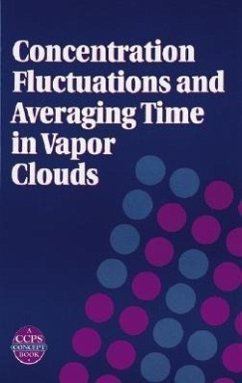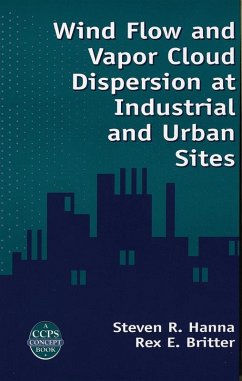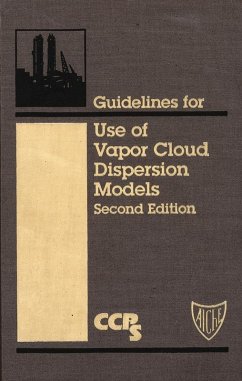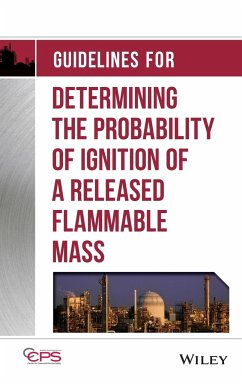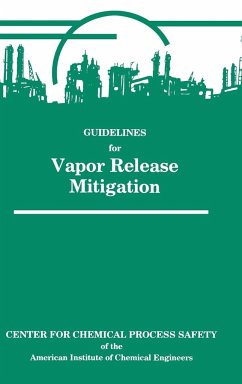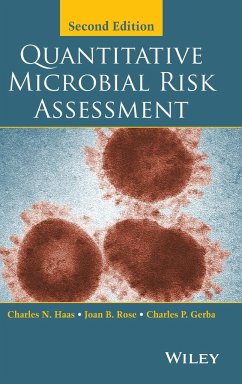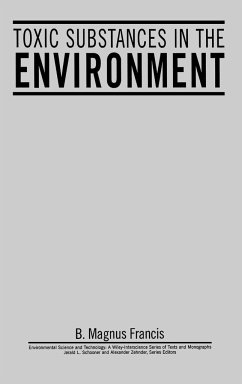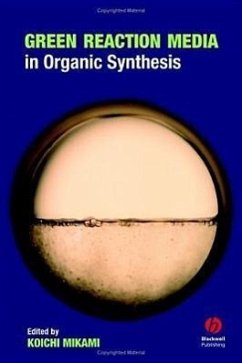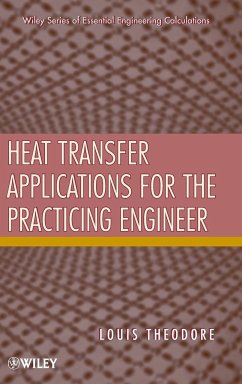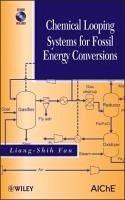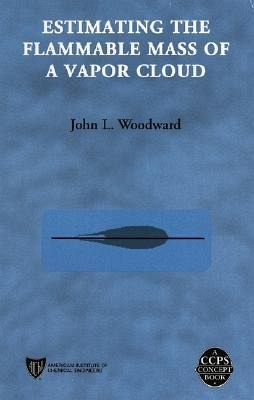
Estimating the Flammable Mass of a Vapor Cloud

PAYBACK Punkte
106 °P sammeln!
This CCPS Concept book shows designers and operators of chemical facilities how to realistically estimate the flammable mass in a cloud of accidentally released material that is capable of igniting. It provides information on industry experience with flammable vapor clouds, basic concepts of fires and explosions, and an overview of related computer programs.




